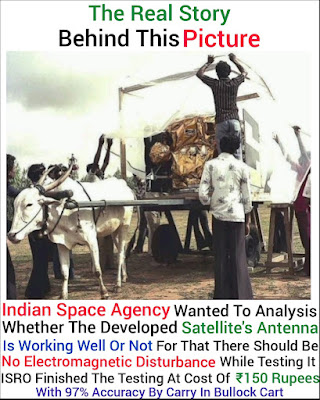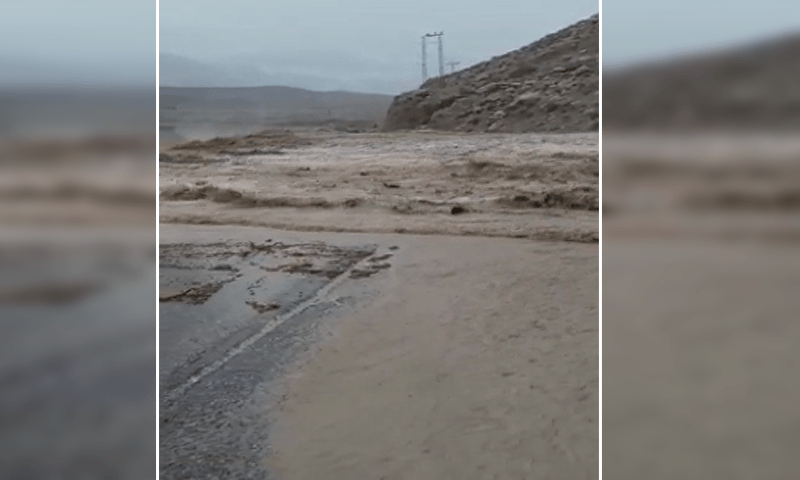The rocket science behind the bullock cart in India’s space story
NEW DELHI :Back in 1981, when Indian space scientists were gearing up for the launch of its first communication satellite APPLE from the Guiana Space Centre in France, they had loaded the satellite onto a bullock-cart.
This was at a time when only telephone and telex (a network of teleprinters) were available for domestic and international communication and one had to book and wait for one’s call to come through. This was a time, when ISRO did not even have mainframe computers and setting up Ariane Passenger PayLoad Experiment (APPLE) Mission Control Centre at Sriharikota was posing great challenges.
The pioneering mission, which marked an important milestone in India’s space programme and laid the foundation for indigenous development of INSAT and GSAT series, was facing setbacks on various fronts.
The satellite’s antenna had to be tested as there were some problems detected in the Telemetry, tracking and control (TT&C) links which are crucial for maintaining communication with satellites in space, and it was important to ensure they were functional before launch.
But it could only have been done in a proper antenna range, with the satellite structure placed under a thermal blanket - a kind of facility that Indian Space Research Organization (ISRO) did not have, four decades ago.
“ISRO did not even have enough mainframe computers and the computing time needed for structural, thermal and mission analysis could be met only through our engineers availing the night hours at IISc, IIT Madras and TIFR," recalled former ISRO scientist RM Vasagam in one of his papers. Vasagam was the Project Director for APPLE.
We were close to the point of transporting the satellite to Toulose in France for final tests to be followed by launch from Kourou," wrote Vasagam, but that would have resulted in considerable expenditure and time delay.
“…but the solution was found in above five hours and at a cost of ₹150 for hiring the cart!" recalled the former ISRO scientist, “APPLE was put on a bullock cart to provide a non-magnetic environment and to conduct the antenna test in an open field to remedy the TT&C link problem caused by impedance matching problem."
And so, was the rocket science behind the bullock cart in India’s space story!APPLE was India’s first geostationary experimental communication Satellite Project during 1977-83 and was successfully launched by Ariane-1, from Kourou, French Guiana on June 19, 1981.
The spacecraft was designed and built in just two years with limited infrastructure in industrial sheds. The satellite was not only used in several communication experiments including relay of TV programmes, and radio networking, but it also provided ISRO valuable hands-on experience in designing and developing three-axis stabilized geostationary communication satellites.
APPLE later lead to the development of a large constellation of satellites in INSAT and GSAT series, which revolutionized the technological and economic growth of the country.



Comments
Post a Comment